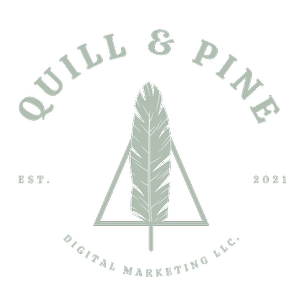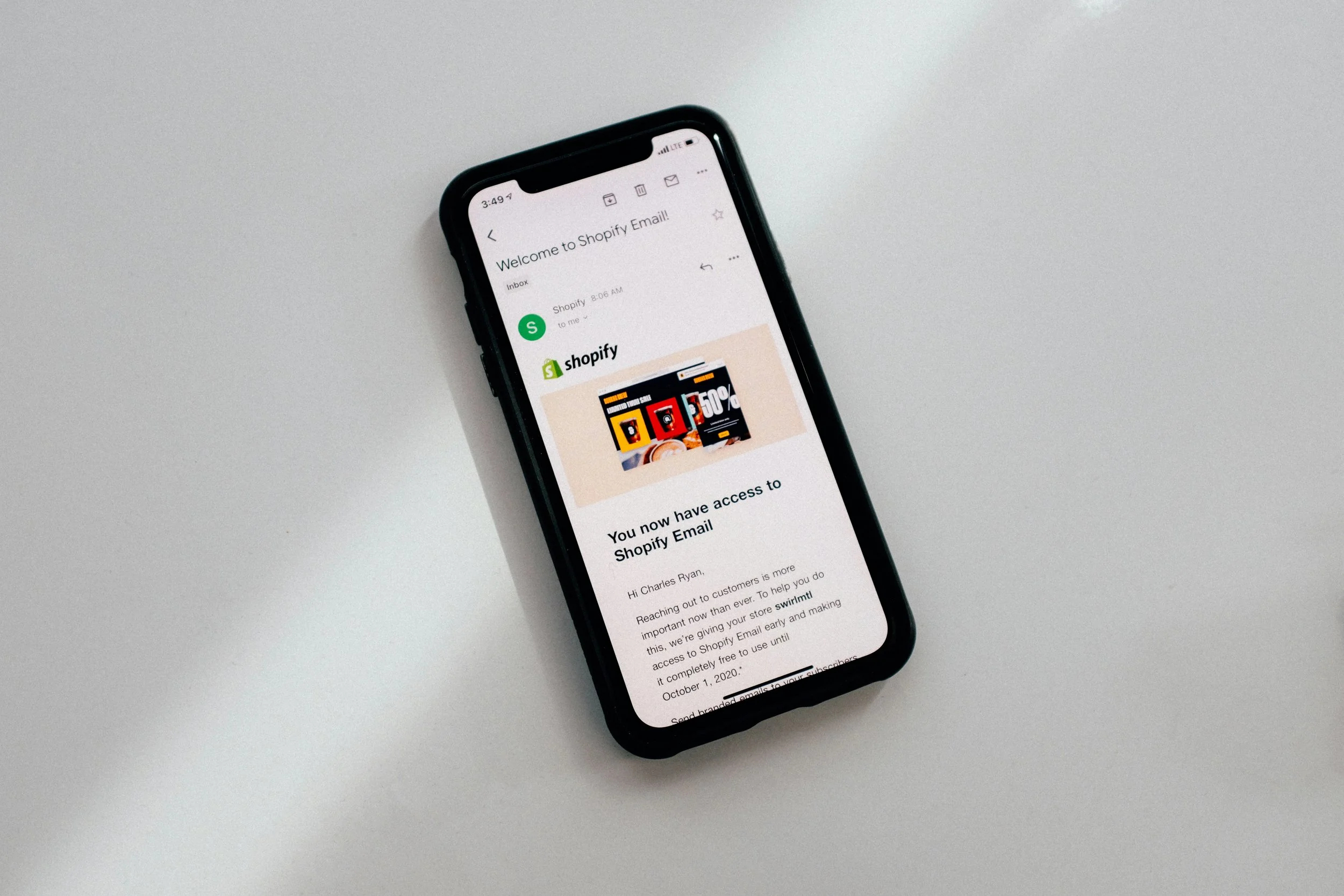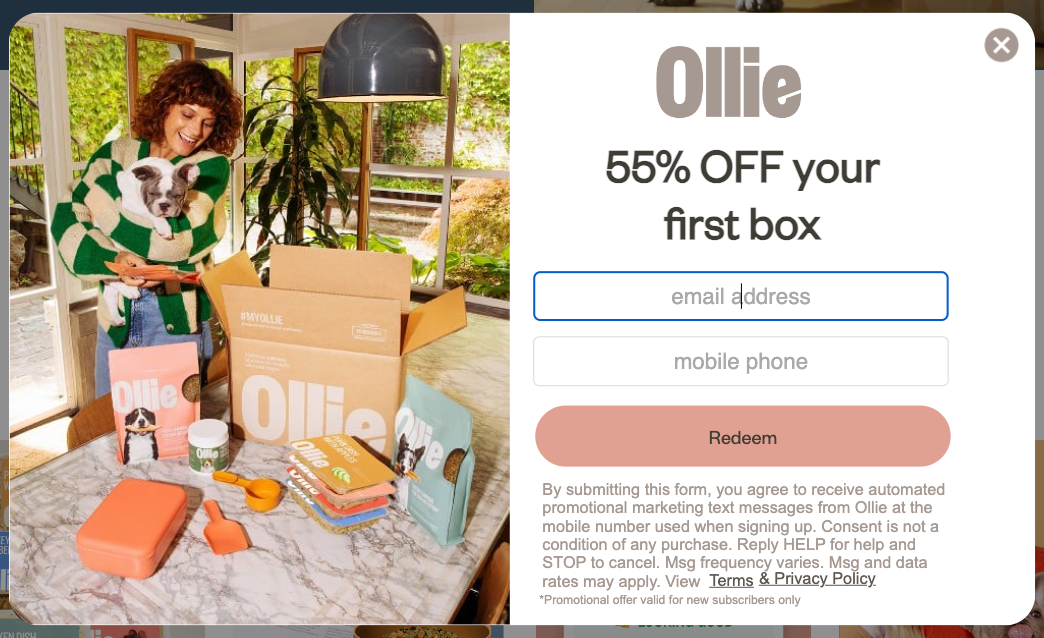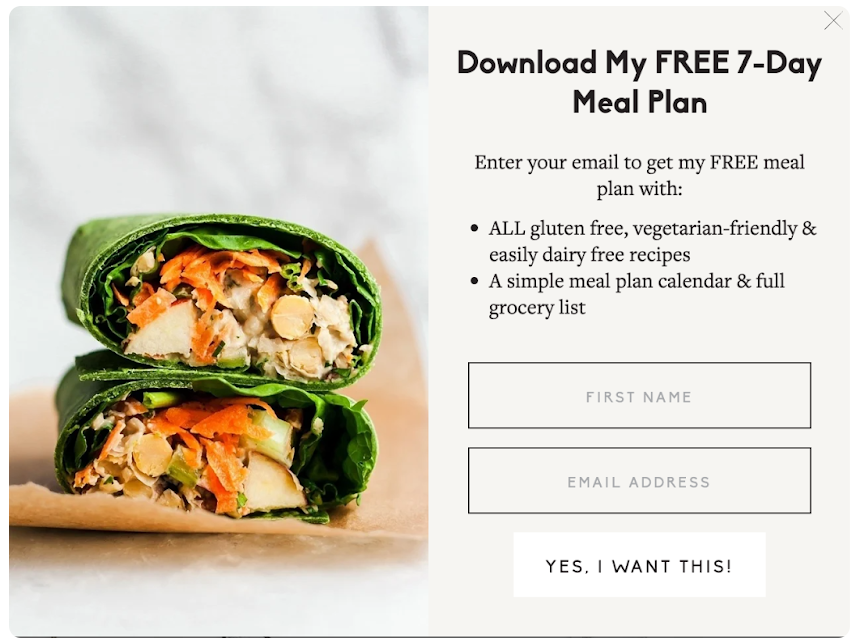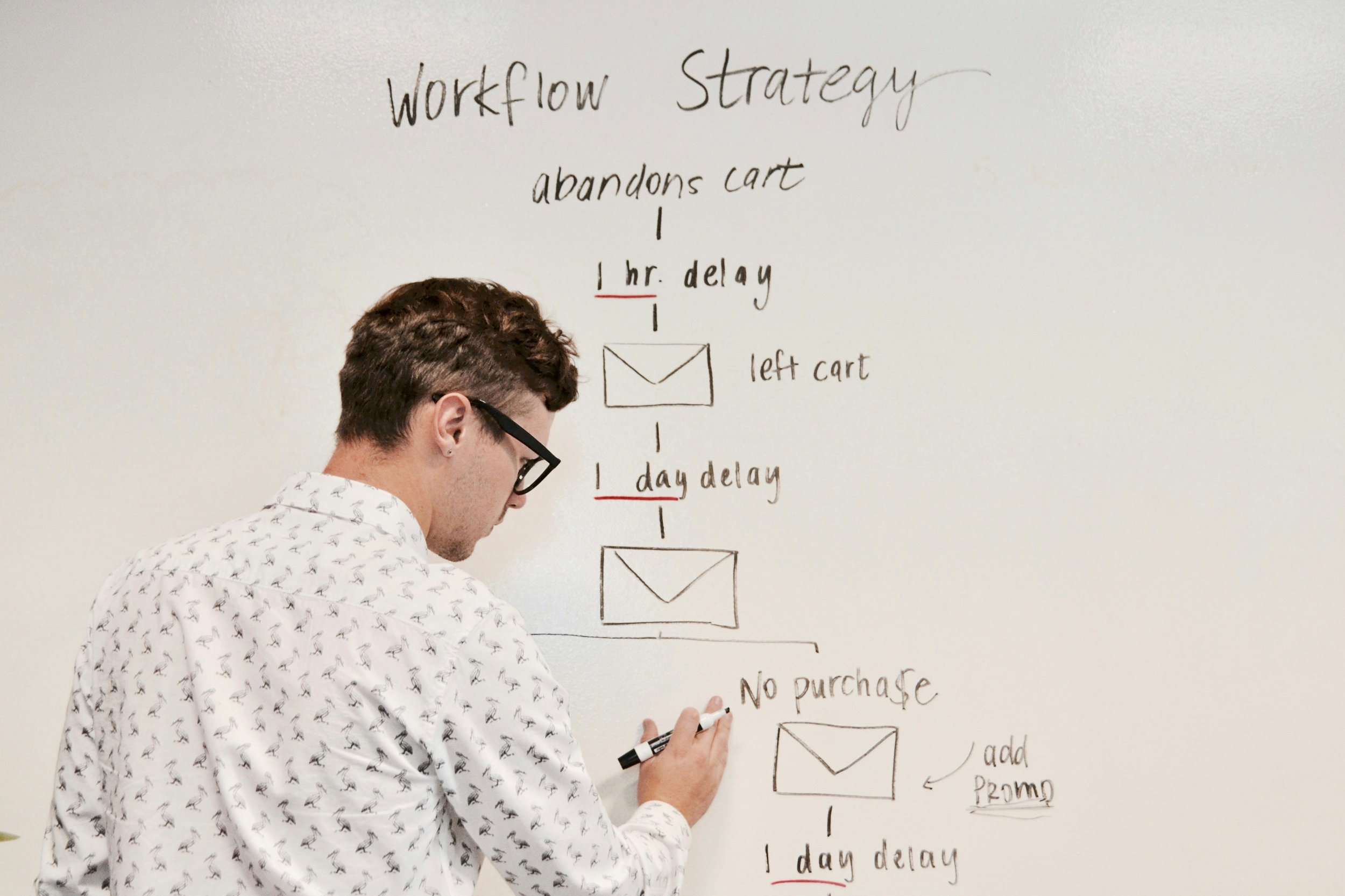How to Use Email Marketing to Grow Your Small Business
Navigating the myriad options of social media platforms, blogs, videos, and digital ads to create an effective marketing strategy can be overwhelming for many small businesses.
Amidst this sea of choices and budget constraints, don’t underestimate the power of email marketing. A whopping 87% of marketers agree that email marketing is crucial for business success.
Email marketing remains a tried-and-true marketing method even for businesses on tight budgets, generating an impressive return of $36 for every $1 invested (a 3800% ROI).
Keep reading to discover my top recommendations for building a robust email marketing channel from scratch (or enhancing an existing one) and see how email marketing can drive significant business growth.
Glossary of Email Marketing Terms
There can be a lot of jargon and acronyms when it comes to email marketing, so let’s take a few minutes to go through some of the most common terms and what they mean:
Bounce Rate - How many of your emails are successfully delivered as a percentage of the total number of emails you sent
CTR (Click-Through-Rate) - The percentage of people who click on a link (aka URL), calculated by dividing the number of unique clicks by how many emails were opened
Email Campaign - One or more emails created and sent to achieve a specific goal
Open Rate - How many of your emails were opened by your email subscribers as a percentage of the total number of emails you sent
Opt-In - Another way to say “subscribe,” which means a person has agreed to receive emails from you
Opt-Out - Another way to say “unsubscribe,” which means someone requests not to receive any more emails from you
Subscriber - A person who joined your email list and wants to receive emails from you
It’s important to mention that this isn’t an exhaustive list of all the email marketing terms. Let me know if there’s another term you think I should add!
Create an Email Marketing Strategy and Goals
Before you start, you have to create an email marketing strategy. Don’t just send emails willy-nilly without using any sort of strategy or plan.
First, identify your target audience—what groups of people are most likely to buy into your product or service? What pain points are you addressing?
How will these emails work with your other marketing strategies, such as social media and blogs? Can you create an integrated marketing campaign with your other channels?
How often will you send emails? Your email marketing platform's analytics can help you determine the best days and times to send emails to different segments.
What are your goals for your email marketing efforts? And how will you measure your ROI?
Use a Robust Email Marketing Platform
You’ll need a dependable, user-friendly email marketing platform to be the best email marketer you can be. Choosing an email platform isn’t one-size-fits-all, so here are some things to consider when shopping around:
The design and customization options. You want to look for a provider that makes it easy to build and send beautiful, branded emails. Mobile accounts for up to 77% of all email opens, so you also want to ensure your emails look great on any device.
Email automation features. Be sure your provider offers ample options to create personalized email automation based on actions your customers do (or don’t) take.
Compatibility with other platforms. Your email provider must work seamlessly with other marketing platforms and tools.
A/B testing capabilities. Ensure you can do A/B testing to know which elements—like the subject line and preview—produce the best results.
Email performance analytics. Detailed email performance analytics and reporting will help you adjust your schedule and strategy based on what’s working and what’s not.
Luckily, you’re not short of options here. Common email marketing platforms include Mailchimp, Klaviyo, Flodesk, ConvertKit, and Omnisend. (Reminder: this is 100% unsponsored).
I’ve used all of these platforms and can confidently say that each one has its own benefits and drawbacks. One platform might work perfectly for one business but not another. The platform you choose really comes down to your budget and which features matter most to you.
Get Creative to Grow Your Email List (The Right Way)
To send emails, you first need people’s email addresses. If you’re just starting, you might be wondering how to get email lists.
It might be slow-going at first, but here are some effective (and creative) ways to start collecting email addresses:
Use a ribbon or pop-up form on your website.
Here’s a great example of a website pop-up form from Ollie.
Capture emails from online event registrations.
Add an email subscription link to your social media bios.
Use lead magnets, such as discounts or free downloadable templates, in exchange for email sign-ups.
Here’s a unique lead magnet example from Ambitious Kitchen.
No matter which method(s) you use, you should always be upfront about how you’ll use their information. This is critical for two main reasons:
It’s a legal requirement to get consent before sending someone marketing emails.
You want to email people who genuinely want to hear from you.
Be mindful of federal anti-spam laws and their requirements. They require you to allow people to opt out of future emails in each email you send. Most companies put this at the very bottom of their emails.
And never, ever buy an email list—they just don’t work and go against the same anti-spam laws I mentioned above. Instead, focus on getting people excited to join your email list organically.
Write a Strong Subject Line
Your email subject line is one of the very first things someone sees when they receive your email. It’s often the make-or-break factor for whether someone opens or deletes your email.
Here are my top tips for how to write the best email subject line:
Make it short and catchy. Your subject line should be at most 50 characters or nine words. The shorter, the better, so it doesn’t get cut off.
Personalize it. Emails with personalized subject lines (e.g., using their name) are 26% more likely to be opened instead of immediately being deleted or marked as spam.
Caveat…test to make sure your personalization tag works! You don’t want this ^ email going out to customers.
Use urgency. People innately get FOMO. Using language like “last chance” or “running out of time” encourages people to take quick action to avoid missing out.
Nat Geo does an excellent job at writing catchy, urgent email subject lines.
Inspire action. Use strong, actionable language that offers a sneak peek of what’s in the body of your email.
Many email marketing platforms offer a subject line tester. But if yours doesn’t, I’d encourage doing A/B testing to see which subject line is most effective.
While preview text isn’t part of your subject line, it’s right next to it and deserves just as much of your attention. This is another opportunity to build on your subject line and entice someone to open your email.
Segment Your Email List
If your emails aren’t relevant to your customers, they’ll get deleted or, worse, marked as spam—this can really hurt your deliverability for future emails.
Email segmentation involves breaking down your main email list into smaller groups based on criteria like geography, demographics, or past purchases. Research shows that segmented campaigns can lead to a staggering 760% increase in email revenue.
Each segment shares traits you can leverage to deliver personalized and engaging email content. Start with a few segments and expand as you learn more about your audience.
For example, if you're hosting a grand opening event in Portland, use geography-based email segmentation to share details with subscribers in Oregon (even better, those in the Portland metro area). This targeted approach ensures that relevant information reaches your Portland customers while preventing subscribers outside the region from receiving irrelevant messages.
Segmenting your email list ensures you deliver the right messages to the right people, ultimately improving campaign engagement and results.
Automate When You Can
Email automation is a strategy for sending timely, personalized, and relevant messages to subscribers based on their behavior without manually doing so.
Each automated email campaign operates on a unique workflow driven by customer actions. Specific customer behaviors (or lack thereof) activate a workflow, triggering a series of automated emails with particular goals.
Let’s look at some examples of automated email campaigns and how they might work:
Welcome Campaign
When someone subscribes to your email newsletter, your email platform automatically sends them two to three welcome emails over the next few weeks. This helps new customers get to know your brand and encourage their first purchase.
Abandoned Cart Campaign
If someone adds an item to their cart but doesn’t complete the purchase, a series of reminder emails are automatically sent across the next 24 hours—possibly including a discount in the final email to incentivize completing their purchase.
Re-Engagement Campaign
When a customer hasn’t made a purchase or engaged with emails for a while (e.g., 60 days), a series of emails are sent to re-engage them and encourage action, often including a discount.
Email automation helps you stay engaged with customers based on their behavior and preferences, creating more meaningful customer relationships along the way.
Track Your Performance
At the end of the day, the success of your email efforts relies on your ability to track and understand email analytics. Most modern email platforms provide detailed performance insights based on the emails you send, although the level of detail can vary by provider.
Here are the top five email metrics you should be tracking (we’ve already defined most of these earlier):
Click-Through-Rate - Provides direct insight into how many people are engaging with your email content and where they went on your website.
Open Rate - Helps compare email engagement over different periods and campaigns (all sent to the same list).
Bounce Rate - Indicates you need to look into potential email deliverability issues, such as emails frequently being marked as spam.
Conversion Rate - Measures how many recipients complete a desired action after clicking a link in your email. They tell you how successful your campaign was in generating action. You’ll need to integrate additional tools to measure this metric.
By strategically tracking these metrics, you gain valuable insights into email performance and progress toward your marketing goals. You ultimately want to use this data to optimize your email marketing strategy for future campaigns.
• • •
Email marketing can be an excellent growth tool for your business so long as you give it your all. Once you've nailed the basics, you'll be well on your way to building a solid email presence that will get your customers excited to hear from you.
